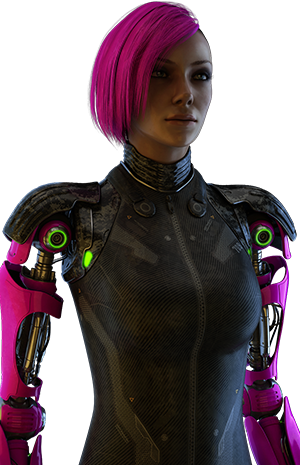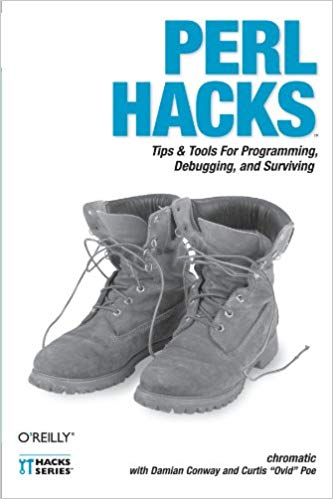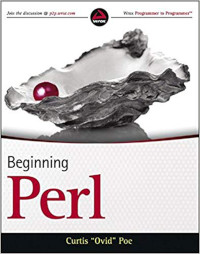
You’re doing heater runs in Taungoo when a contact you haven’t heard from in cycles asks you to quietly deliver a package to Nouveau Limoges, another station in the Sol System. The money’s good so you head down to the port, hop in Amethyst, and launch. Amethyst’s an older ship and she’s higher maintenance than you’d like, but she keeps flying.
A little over 7 segments later (just over 1.5 hours, old Earth time) you arrive at Nouveau Limoges and that’s when the trouble kicks in. You’re a Consortium citizen, but Nouveau Limoges is a Gaule station and you forgot to renew your visa. Immigration computers notice your status and Amethyst’s nav system is overridden to auto-deport you. Meanwhile, you were supposed to deliver the package in your hold within 8 segments and now it’s starting to change shape. You think you’ve been set up.
Years ago I came up with the idea for Tau Station , a free-to-play sci-fi narrative adventure you can play in your browser. The intent was to create a universe you can live in, online. As of this writing, we’re still in alpha, but it’s an open alpha and I encourage you to check it out. We’ve developed some fascinating technologies for it and I’ve given a few talks about it. Here‘s one I gave at FOSDEM , one of the world’s largest open source software conferences, held annually in Brussels, Belgium, but I like the following one in Amsterdam better:
The Catastrophe
About two centuries ago (Galactic Coordinated Time), civilization was destroyed. No one knows why, though there are many theories.
After breaking free from the confines of Earth, humankind spread throughout the galaxy, setting up colonies on distant planets and hollowing out enormous asteroids for use as space stations. A golden era of post-scarcity was attained. However, humankind was viciously attacked en masse in an event known as The Catastrophe. Planetary defense systems were turned on the planets they were defending. Stations across the galaxy had their air vented, life support systems shut off, and databanks purged. Reactors went critical on ships. Humanity, across the galaxy, was driven to near-extinction in the space of just a few segments. Then the attack abruptly stopped, for reasons unknown.
The Aftermath
In the aftermath, planets were unreachable by those remaining few who were sprinkled out among the stars. For every station with survivors, there were at least a hundred more without. Most human knowledge was destroyed. Books were an anachronism, so the databank purge wiped out most of what humanity needed to continue surviving, as well as the records we had of our past. Those survivors with skills were quickly called upon to spread their knowledge, but their expertise was piecemeal. Without the massive databanks, human technological advances came to a halt. There have even been disputes about the current year, but it’s believed to be the middle 2600s.
Today, no one knows the entirety of how to build a starship, or how to construct one of the massive wormhole jump gates that many star systems have. However, we’ve retained or relearned enough to at least repair them — if we can scavenge parts from dead stations or ships.
This is humanity today. Most of our history has been lost. Much of our existence is a hardscrabble lot, and we few left trying to recover and to simply stay alive. Humankind’s reign has been reduced to a 40 light-year sphere, centered on Sol System. Contact with the planets and most of the other star systems has been cut off. Humans are slowly rebuilding their stations, in hopes that one day, we can regain our former glory.
But who attacked humanity and why? More importantly, are they coming back? There are many theories, but no proof or any solid evidence. Whatever the cause, most of humanity have been raised to be on permanent alert. We’re rebuilding, and if they attackers return, we want to be ready.
The Game
Tau Station is a narrative game. That means it’s a game you read. There are no adolescent boys camping spawn points and screaming improbable things about your mother; It’s a game that lets you take your time, think, and plan. And because it’s also an MMO, you can interact with other citizens of the Tau Station universe, join a syndicate, explore new star systems, and watch with us as we build the universe.
However, just because it’s text doesn’t mean it’s ugly:

Tau Station is ultimately a murder mystery, with most of the human race being the victim. As the game unfolds, we’ll be revealing more and more of the story, letting players discover for themselves who was really behind The Catastrophe. It’s also science-based (though not hard science fiction). There is no artifical gravity or FTL travel. We use E = mc2 and the mass of your ships to calculate the amount of anti-matter necessary for travel. We use proper orbital mechanics to calculate the orbits of space stations. And while we have to take shortcuts here and there (it’s a game, after all), we stay faithful where we can.
We still have a lot to do, including:
- Syndicate Buildings
- “Elite” style trading
- Asteroid and ice mining
- Ship expansions
- Hundreds of new stations
- ... and much, much more.
Come join us and see for yourself! We’re still in alpha, so you can expect changes to come, but we’re pushing hard to create the features we need for launch. I hope you enjoy it; it’s really a labor of love for all of us.
If you want to learn more, read our blog and checkout out /r/taustation on Reddit .


